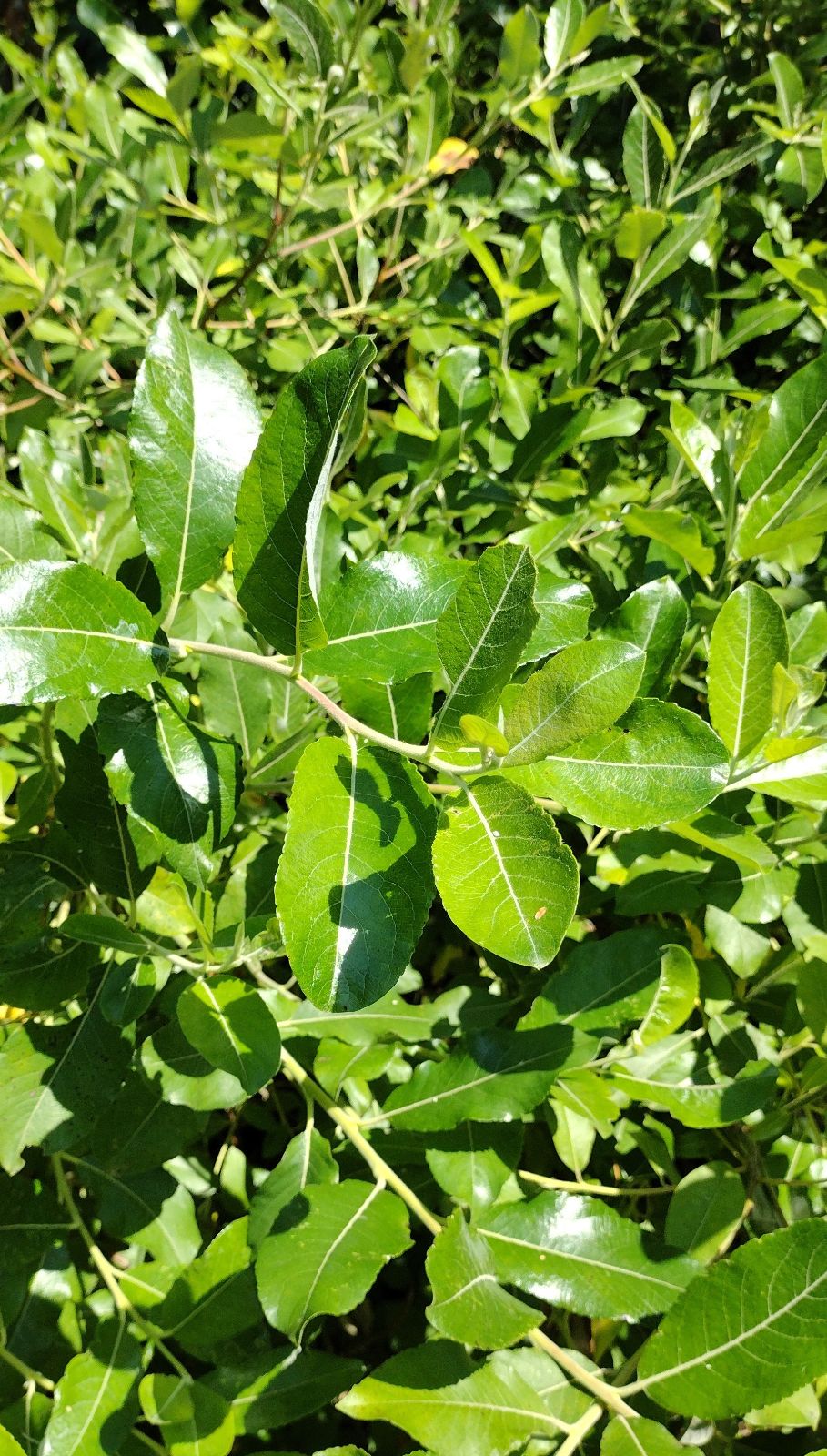Salix hookeriana
Credits
Article from Bean's Trees and Shrubs Hardy in the British Isles
Recommended citation
'Salix hookeriana' from the website Trees and Shrubs Online (treesandshrubsonline.
Genus
Other taxa in genus
- Salix aegyptiaca
- Salix alba
- Salix amygdaloides
- Salix arbuscula
- Salix arbutifolia
- Salix arctica
- Salix aurita
- Salix babylonica
- Salix bockii
- Salix 'Boydii'
- Salix caesia
- Salix candida
- Salix caprea
- Salix cinerea
- Salix cordata
- Salix daphnoides
- Salix discolor
- Salix elaeagnos
- Salix exigua
- Salix fargesii
- Salix fragilis
- Salix glabra
- Salix glaucosericea
- Salix gracilistyla
- Salix hastata
- Salix herbacea
- Salix humboldtiana
- Salix irrorata
- Salix japonica
- Salix jessoensis
- Salix lanata
- Salix lapponum
- Salix lasiandra
- Salix lindleyana
- Salix lucida
- Salix magnifica
- Salix matsudana
- Salix × meyeriana
- Salix × mollissima
- Salix moupinensis
- Salix myrsinifolia
- Salix myrsinites
- Salix myrtilloides
- Salix nakamurana
- Salix nigra
- Salix nigricans
- Salix pentandra
- Salix petiolaris
- Salix phylicifolia
- Salix purpurea
- Salix pyrenaica
- Salix pyrifolia
- Salix repens
- Salix reticulata
- Salix retusa
- Salix rigida
- Salix × rubra
- Salix sachalinensis
- Salix scouleriana
- Salix × sepulcralis
- Salix × sericans
- Salix sericea
- Salix silesiaca
- Salix starkeana
- Salix × subalpina
- Salix triandra
- Salix uva-ursi
- Salix viminalis
- Salix wilhelmsiana
A shrub to about 6 ft high in cultivation and normally no taller in the wild, though exceptionally it attains there the dimensions of a small tree; branches stout; young growths densely hairy and remaining so through the winter. Stipules very small, or lacking, except on strong shoots. Leaves oblong-elliptic, oblong-ovate or obovate, acute to obtuse at the apex, cuneate at the base, mostly 11⁄2 to 3 in. long and 3⁄4 to 11⁄2 in. wide, upper surface soon glabrous, glossy and reticulate, underside with an indumentum of variable persistence and density, sometimes almost glabrous and glaucous, sometimes, as in the cultivated plants, permanently coated with a loose, soft, whitish felt, margins obscurely toothed; petiole 3⁄8 to 3⁄4 in. long. Catkins produced before or with the leaves, sessile or short-stalked; bracts long-hairy, dark brown. Male catkins stout, 1 to 2 in long; stamens two, free, with glabrous filaments. Female catkins 13⁄4 to 41⁄2 in. long; ovaries glabrous or hairy, short-stalked; style short, but longer than the slightly bilobed stigmas.
Native of the coastal regions of western N. America from Alaska to California. Although introduced to Kew towards the end of the last century it is scarcely known in gardens and deserves to be more widely grown, judging from the plants in the Hillier Arboretum, which make stiffly branched shrubs of picturesque habit, about 6 ft high (1979). They are male and we are told by the Canadian authority Dr George Argus, who kindly confirmed their identity, that they represent the tomentose form of the species. Never occurring far from the sea in its native habitats, S. hookeriana might succeed in exposed coastal gardens.

